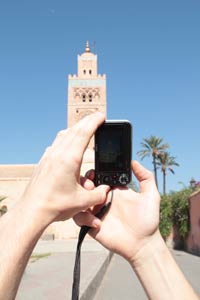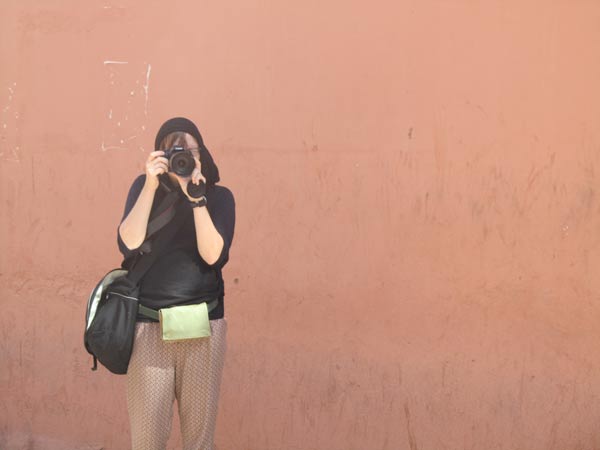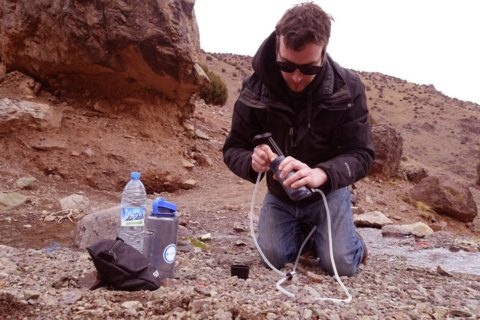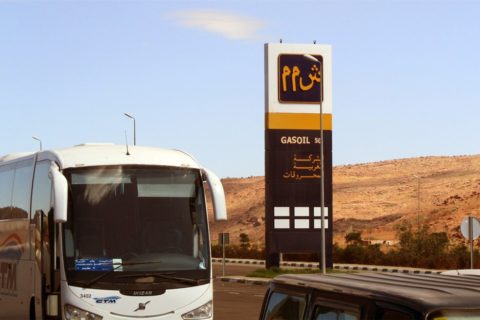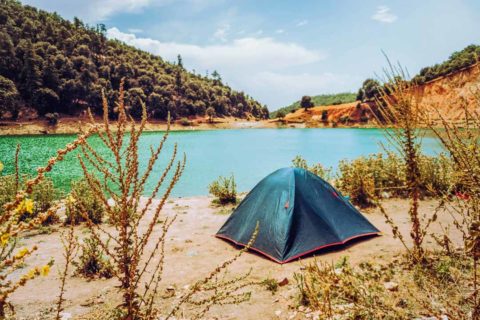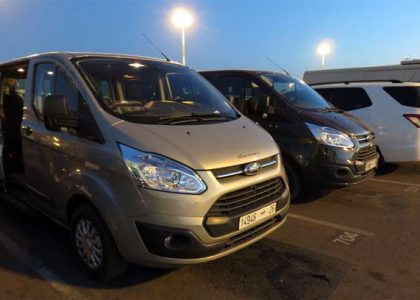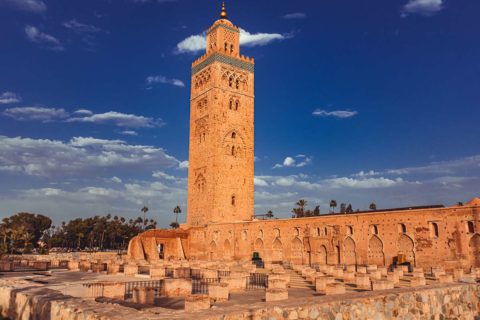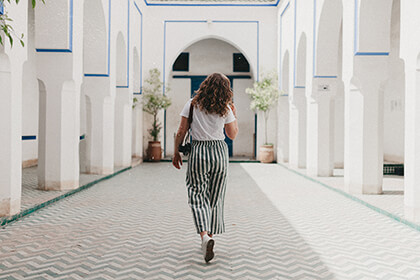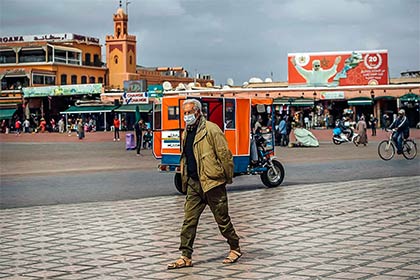Morocco is a real photographer’s paradise with its special light, the bright colours and the unique motifs you find there. Yet, before you start putting the fascination of this country into pictures, you should be aware of a few things.
Contents
Photography and Religion: Aniconism in Islam
Islam, as well as Judaism, proscribes of pictures of humans and animals. Even though this proscription cannot be directly drawn from the Quran or the hadith, Islamic jurists have established legal conceptions which are rather traditionally than religiously founded and regulate the depiction of living beings in different ways.
Thus, the interpretation of aniconism reaches from fundamental rejection (no living being may be depicted) to limited approval (living beings may be depicted as long as they are not idolised religiously). While it lead to an overwhelming importance of calligraphic and ornamental patterns in Islamic art, aniconism does not seem to play a major role today.
Yet, you should keep in mind that some Muslims still respect aniconism. So, in doubt it is better to ask for permission before snapping. Especially in more remote and more religiously influenced places in Morocco.
Photography and Earning a Living: Models of the Medina
On my last trip to Marrakesh’s medina I strolled around the souks north of Djemaa el Fna and passed a little market place where greengrocers and craftsmen did their work. A wooden sign requested tourists not to take pictures without asking for permission.
At a first glance this request sounded rather brusque. Yet, putting a critical eye on how other tourists behave, you will understand the locals’ reasons. Many tourists simply snap anything and anyone they believe to be authentic. Those who are lucky enough to work in a place highly-frequented by tourists, must face being involuntarily turned into a photo motif several times a day. Or even several times per hour. In these situations, it is definitely advisable to ask for permission before you take a picture.
Other locals like the water vendors and snake charmers on Djemaa el Fna have their own attitude towards privacy and religion. They make a living from their jobs as photo motifs. If you want a picture of those people, you have to tip them accordingly (about DH 10).
Photography and National Security: Official Buildings, Embassies and Similar Taboos
Absolute caution is advisable in and near all official and military facilities. Taking photographs of these places is prohibited for safety reasons in many countries and in Morocco as well. That is why you should not take pictures of policemen, soldiers, embassies, convoys of limousines and the like.
In a nutshell: Taking photographs of People in Morocco – Some Advice
Photographers will be fully satisfied in Morocco. It is understandable that impressive colours, the special sunlight and fascinating landscapes may not always be enough, since, of course, pictures of locals are most attractive in terms of authenticity and depicting the unkown and foreign. Especially the local seniors at work with their proud faces showing traces of a life often full of privation yet full of happiness, are meaningful motifs.
Aniconism in Islam is not a strict prohibition of taking photographs and if you follow some simple rules, you should have no problems and take home a lot of interesting holiday pictures.
All over the world, people deem it impolite to portray people without asking, and it is the same in Morocco. In addition, a lot of locals refuse being photographed for religious reasons (aniconism in Islam). Therefore it is advisable and polite to ask for permission before taking pictures. Even if you at least indicate your request non-verbally using body language and gestures.
Some, above all devout Muslims and women, will then show you that they do not wish to be photographed while others have made a business out of it by now. A lot of Moroccans react downright positively and pose proudly in front of the camera without expecting money for it.
If you do not want to do without photographing people, try snapping locals out of the window of a bus or from one of the many rooftop terraces of cafés or hotels. Using a telephoto lens you are able to overcome long distances. Yet, in any case, do not photograph official facilities, the police, convoys of limousines, embassies, military areas and the like.
Photos: Travelguide Marrakech

